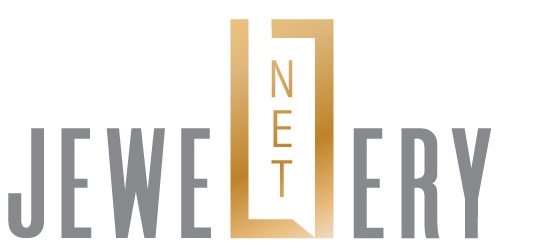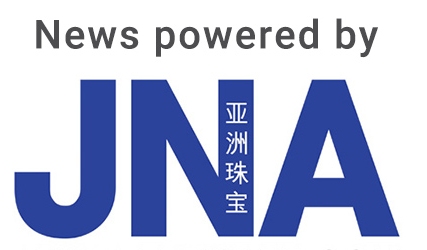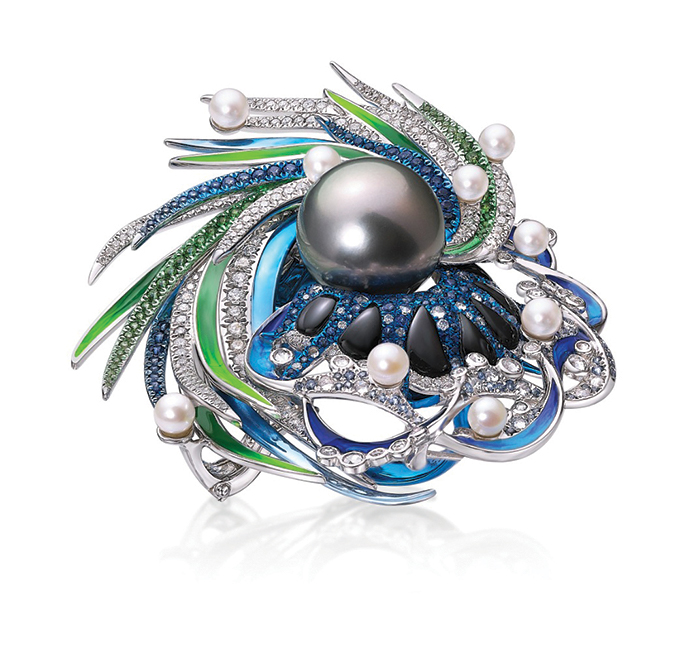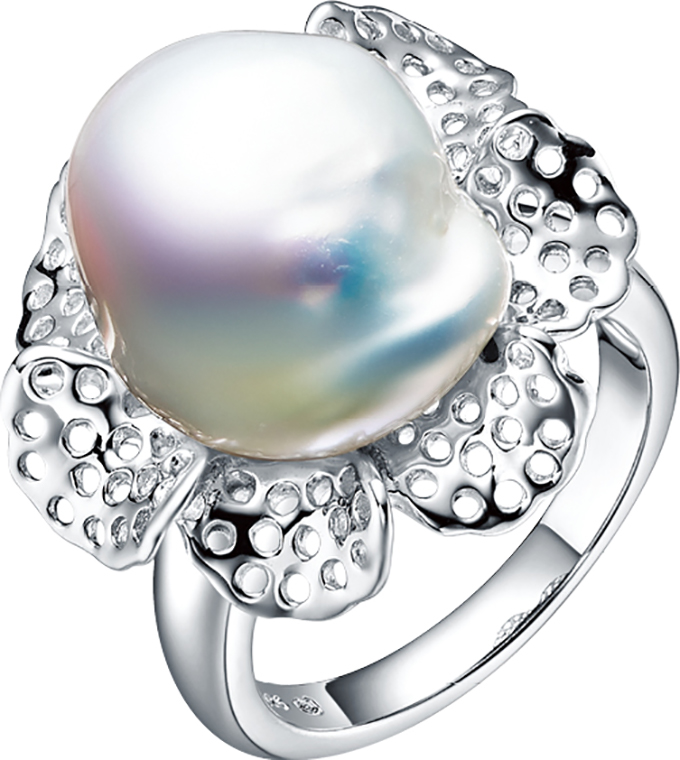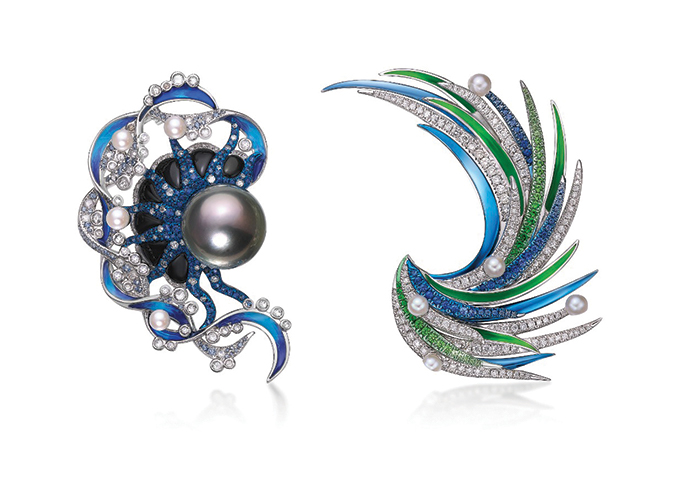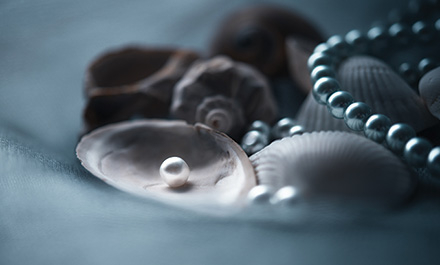Hong Kong’s pearl companies eye a more promising future in the face of supply constraints by adapting to evolving consumer preferences.
This article first appeared in the Pearl Report 2023-2024.
Counting on the enduring allure of pearls worldwide, Hong Kong’s pearl industry remains optimistic about achieving further growth amid tighter supply by tapping into existing demand while upholding the city’s stature as a pearl trading and distribution hub.
Pearl trade
Annie Ng, marketing director of Luen Hing Pearls & Jewellery Ltd, described the last few years as “the best time for the pearl industry” in over three to four decades mainly due to solid demand in China.
Luen Hing, which focuses on the wholesale of saltwater and freshwater pearls, has clients from China, the US, Germany, the Philippines, Japan, Dubai and India.
Prices of pearls, however, have also been on the uptick. Ng explained, “There is little room for pearl prices to fall. Whether prices will stabilise depends on economic development, pearl supply and, above all, exchange rate fluctuations.”
According to Ken Zhang, vice president of the Hong Kong Pearl Association (HKPA), supply of freshwater pearls in 2023 dropped by around 40 per cent compared with 2022 while prices rose 30 per cent to 40 per cent.
“We expect the price of pearls to continue increasing in the near term,” noted Zhang. “Pearl supply will likely keep declining as a result of the Chinese government’s environmental policy and the rising cost of pearl cultivation.”
Citing data from the Institute of Statistics of French Polynesia, the Tahitian Pearl Association Hong Kong (TPAHK) meanwhile disclosed that the volume of Tahitian pearl exports fell by almost 50 per cent in 2022 due to a shortage in baby oysters, lower production caused by the pandemic and stricter government policies. Exports value, however, grew by 27 per cent, owing to higher prices.
Changing preferences
Ng said today’s buyers have a greater appreciation for pearls in all varieties. “In the past, clients would only buy a certain type of pearl such as conventional round pearls with excellent lustre. But market preferences have shifted. Drop and baroque pearls, even irregular-shaped ones, have become desirable, too,” revealed Ng.
Meanwhile, Tom Wan, business manager at pearl jeweller Wing Wo Hing Jewelry Group Ltd, told JNA that demand for Keshi pearls is rising. He explained, “Keshi pearls are favoured for their bespoke appeal. Smaller pearls in natural shapes are becoming popular too as these are best for stacking.”
To meet the market’s soaring demand for finer-quality goods, pearl jewellers must improve their design capabilities and enhance communication with consumers to better understand their needs, said Zhang of HKPA.
Tahitian pearls are likewise gaining steam in the pearl market, according to TPAHK. Manufacturers are increasingly using Tahitian pearls in their jewellery collections in response to the market’s growing penchant for trendier pearl jewellery designs. To foster creativity in the Tahitian pearl jewellery sector, TPAHK sponsors the JMA International Jewelry Design Competition, an annual event organised by the Hong Kong Jewelry Manufacturers’ Association.
Bright outlook
Brilliant prospects await Hong Kong’s pearl trade in 2023 and 2024 amid tighter supply and high prices as industry experts anticipate a continued surge in demand from China.
“The rise of online shopping in China is fuelling the entire pearl market,” Zhang remarked. “By promoting pearls as fashionable commodities, market interest in pearls, particularly among younger generations, is on the rise.”
Wan of Wing Wo Hing said a great deal of Chinese traders are sourcing their pearl needs from Hong Kong suppliers to meet this ever-growing demand from mainland consumers. The Southeast Asian market is also shaping up to be the next big thing for pearl traders.
Meanwhile, overseas demand currently lags behind massive growth in China’s domestic market mainly due to cautious consumer spend but international orders are gradually picking up, added Zhang.
Industry experts noted that pearls of the highest quality are largely sold to mainland Chinese consumers while those from Europe and the US generally gravitate towards more affordable pearl jewellery.
